September 8, 2015
NACS Online
Uber’s cofounder backs a new startup called Purple, aiming to ensure consumers never have to pump gas again.
​NEW YORK – Business Insider reports that Los Angeles-based Purple is out to change the way consumers purchase gasoline by delivering the fuel to where vehicles are parked. Now, the startup is expanding to San Francisco and introducing overnight delivery, so consumers can go to bed with an empty tank and wake up refueled and ready to go.
“Convenience is the first motivation,†Bruno Uzzan told the news source, which notes that Purple’s pricing model “is competitive. In Los Angeles, Purple charges $3.79 per gallon for octane 87 and $3.99 per gallon for octane 91. So far the early adopters are mostly customers with luxury vehicles in the more affluent areas of Beverly Hills, Santa Monica and West Hollywood.
The news source writes that for Purple to fill a car, users of Purple’s mobile app pick from two options: 10 gallons or 15 gallons. Uzzan says that regulations for measuring gasoline keep Purple to “round numbers†per fill up, but says the service will eventually be able to offer five-gallon options. Users then leave the gas tank unlocked and Purple delivers the fuel.
To aid in Purple’s expansion, Uber co-founder Oscar Salazar is backing the company. The news source notes that Salazar and Uzzan “are thinking one step ahead†with Purple.
“Cars are more and more connected, and there is the vision that one day you won’t have to go to the gas station, or even order Purple. The car itself will automatically order gas. All the technical aspects are there,†Uzzan told the news source.
The Huffington Post, meanwhile, writes that the on-demand economy “has introduced a cultural shift in the United States, where consumers are happy to pay a premium to have everything from groceries to clean laundry show up at their door. But gas on demand is a step too far.â€
The news source explains that convenience stores sell 80% of fuel purchased in the United States, and most of these retailers are small, single-store operators. “While independent gas stations may not have the hipster-cred of indie coffee shops or bookstores, they serve an important purpose.â€
Getting gas is also not hard, notes the news source. “You’re not at home, on the couch, ready to Netflix and chill. You’re already in the car—just swing it by a filling station,†said Jeff Lenard, NACS vice president of strategic initiatives, who explained that there are more than 152,000 convenience stores in the United States, and that roughly 127,000 of them sell fuel—one store for every 2,100 people. “That’s pretty prevalent,” he told The Huffington Post, adding that consumers likely don’t need to drive too far out of their way to reach a fueling location.
Lenard also said he’s optimistic the gas station/convenience store model will survive gas-on-demand because consumers are thrifty when it comes to purchasing fuel. Case in point, full-service gas is “is virtually gone because of the cost,” he said, adding, “If price isn’t important to you, then the idea of convenience elevates itself.” Lenard said.
On-demand services may work for groceries and restaurant take-out, but it may not be a model applicable to most consumers. In fact, “you see people drive five or 10 minutes out of their way for a cheaper price,” Lenard said.
Subscribe to our free mailing list and always be the first to receive the latest news and updates.
